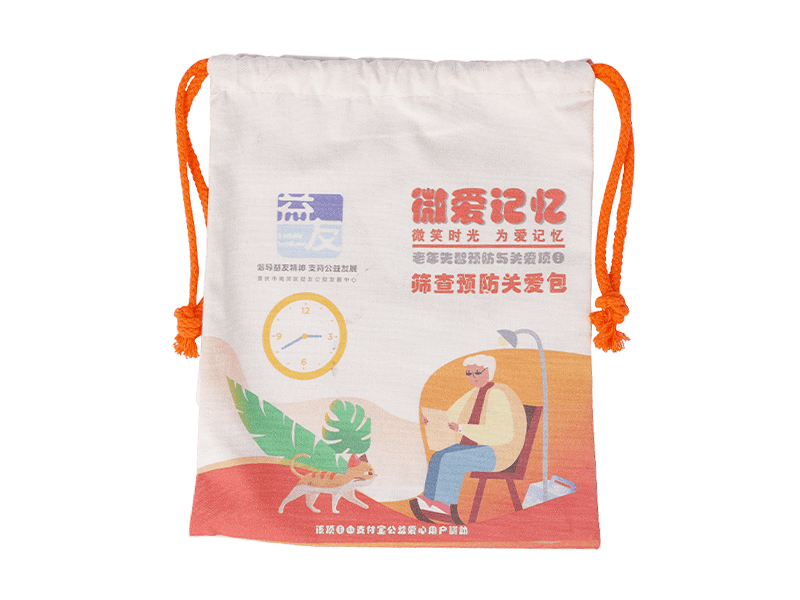In the packaging industry, a material is gradually gaining prominence, and many manufacturers are putting it into use. This mysterious material is
packaging use nonwoven fabric. You may be curious, why are more and more packaging choosing non-woven fabrics instead of traditional materials? This article will take you in-depth to explore the magical journey of non-woven fabrics and explore its uniqueness in the field of packaging.
As a lightweight yet strong material, non-woven fabrics bring unique advantages to the packaging industry. Compared with traditional plastic packaging, non-woven fabrics are lighter, helping to reduce the burden during transportation and reduce the carbon footprint. At the same time, its strong toughness ensures that the packaging is not easily damaged during transportation, effectively protecting the integrity of the product. Some latest research data shows that the use of non-woven packaging can reduce damage rates by up to 20%, which is undoubtedly a double benefit to manufacturers and consumers.
With the increasing awareness of environmental protection, non-woven fabrics have become a wise choice for the packaging industry. Compared with plastics, non-woven fabrics are easier to degrade, reducing unsustainable pressure on the earth. According to data from environmental protection organizations, the world discards enough plastic packaging to circle the earth every year, while the production process of non-woven fabrics generates relatively little waste. This makes non-woven packaging the first choice for companies pursuing green and sustainable development.

The versatility of non-woven packaging is also one of the reasons why it has attracted so much attention. It can not only be used as a traditional packaging material, but can also be used in special fields, such as food preservation, pharmaceutical packaging, etc. The breathability and moisturizing properties of non-woven fabrics make them ideal for maintaining product freshness. At the same time, its plasticity also provides designers with more creative space, breaking the constraints of traditional packaging and making packaging more attractive.
In the field of packaging, non-woven fabrics are rapidly emerging and becoming a star material in the industry due to their lightness, environmental protection, multi-function and other characteristics. Its application not only brings economic benefits to manufacturers, but also meets consumer demand for environmentally friendly and high-quality packaging. As the future trend of packaging materials, non-woven fabrics will undoubtedly continue to shine in the future, leading the packaging industry in a more sustainable and innovative direction.


